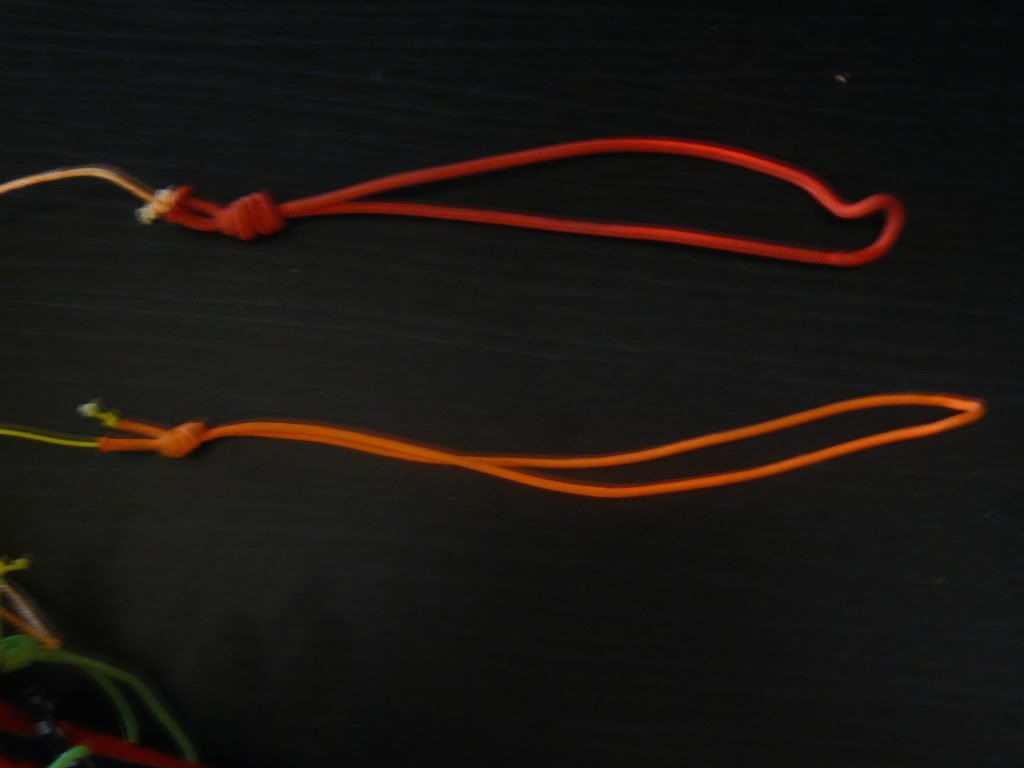Originally posted by acampbell
| Quote: | Originally posted by Houston AirHead
iBut ive never seen it available above #600 test. |
????????????
"Nor is any other line that I know. FWIW, they claim that their strength ratings are very conservative."
are you serious? Slingshot uses 800 pound test on their new bars. and if im not mistaken i think allot of the new ozone kite come with like 1100
pounds test lines |




 :duh::duh:
:duh::duh:



